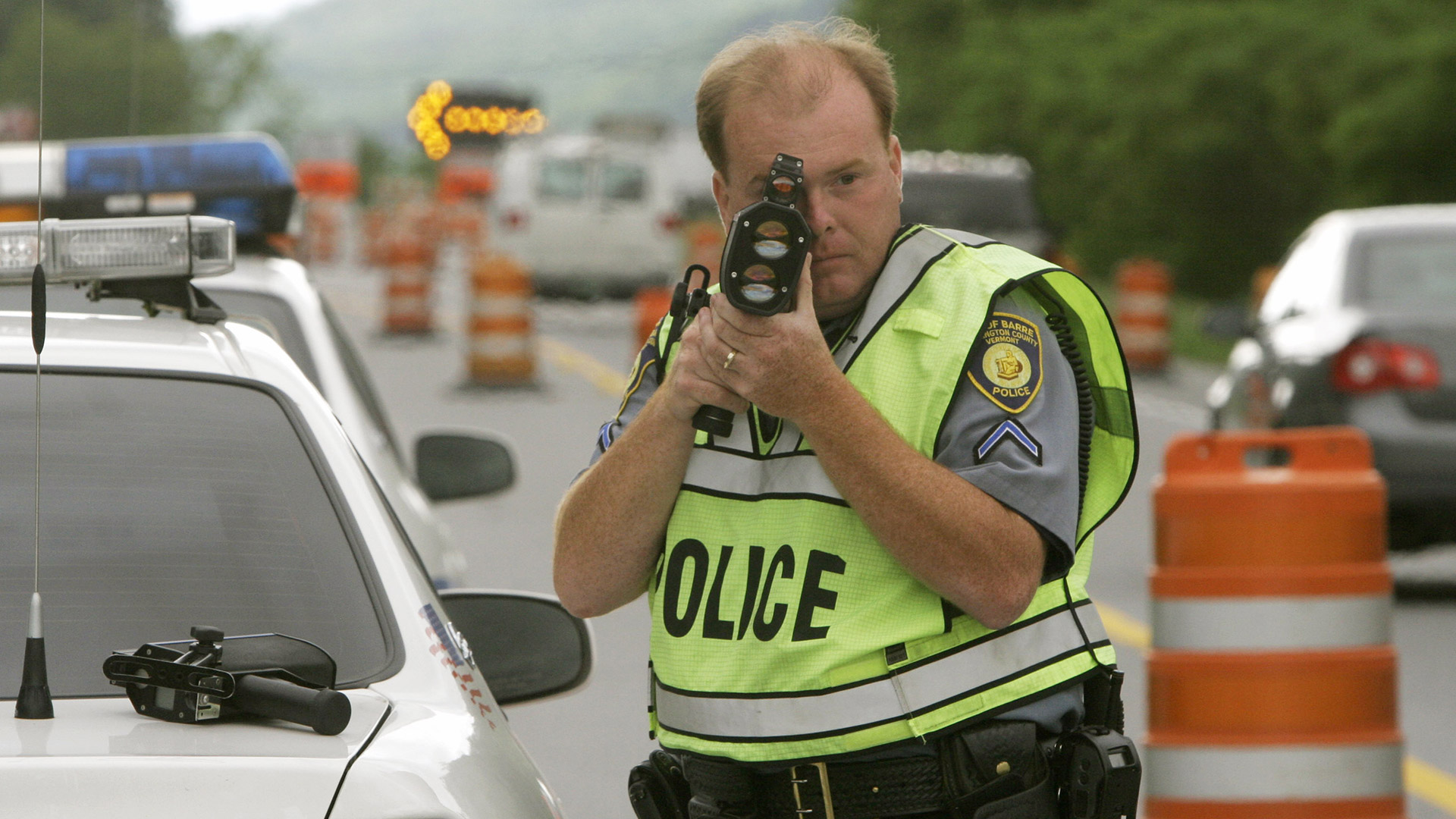

We may earn revenue from the products available on this page and participate in affiliate programs. Learn more ›
Hauling ass may be just as bad for the public as drinking and driving. That’s the takeaway from a new safety study conducted by the National Transportation Safety Board, or NTSB, according to a press release the federal body released on Tuesday.
The NTSB study concluded that, over a 10-year period stretching from 2005 to 2014, speeding was linked to 112,580 passenger vehicle highway crash fatalities. In contrast, the board says 112,948 people—just 0.32 percent more—were killed in alcohol-related crashes during that same time.
While the study acknowledged the relationship between speeding and vehicular crashes was “complex,” it stated that higher speeds increase risk by upping the odds of a wreck occurring the first place, as well as increasing the severity of any injuries that may occur in such an crash.
“You can’t tackle our rising epidemic of roadway deaths without tackling speeding, and you can’t tackle speeding without the most current research,” acting NTSB director and Midwestern-Elton John-impersonator-doing-the-best-he-can Robert Sumwalt said in the release. “Speed kills.”

As a result of the study, the NTSB is recommending states with laws preventing or restricting automatic speed enforcement—a.k.a. every driver’s favorite box of Orwellian fun, the speed camera—repeal and remove any rules that bar them from putting such measures into effect. (For the record, 21 states bar or restrict automatic speed enforcement, while another 20 currently lack laws on the books about it, according to the NTSB.)
In the report (available here), the NTSB also casts doubt on the efficacy of the method of setting speed limits to match the 85th percentile of driver speeds—that is, to set the limit at a point where 85 percent of drivers will be traveling at or below it. Raising limits to match this, it argues, may just inspire drivers to go even faster—thus creating a feedback loop.
“In general,” the study reads, “there is not strong evidence that the 85th percentile speed within a given traffic flow equates to the speed with the lowest crash involvement rate for all road types.”
The report also pointed out the lack of public outrage or social stigma over speeding when compared with driving while under the influence, an assertion borne out by the lack of any Sammy Hagar song by the name of “I Can’t Drive ‘Less I’m High.”

